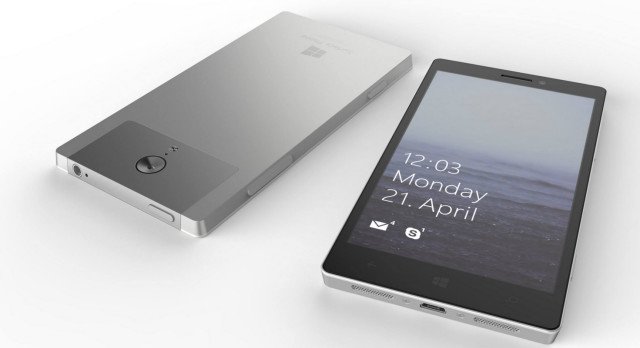AT&T confirms: Windows 10 mobile updates are no longer up to the carriers

In a post on the AT&T support website, in answer to a customer’s question, an employee seems to confirm what carriers have been unofficially downplaying through the release of the new mobile version of the operating system:
“The 950 will be receiving monthly WaaS (Windows as a Service) updates, and the latest one released on December 8th (Build Version 10.0.10586.29.) These updates are not certified by AT&T, and will be delivered via Microsoft over-the-air. A Wi-Fi connection is required. From the App List, scroll down and tap Settings > Phone Update > Check for Update.”
After Apple, Microsoft is officially the second maker of a mobile operating system that does not have to wait for carrier approval, to release updates.
The problem with OS fragmentation is still one that afflicts Android users, as mobile carriers seems to take a disproportionate length of time to let users receive updates to their operating systems.
With reference to Windows 10, Microsoft has worked to fix this problem, by separating the cellular radio stack, from the rest of the operating system, to gain the ability to provide updates, with no need for carrier approval.
A breakthrough device
According to comments made on Christmas Day, by Microsoft Chief Marketing Officer Chris Capossela, there are strong indicators that the company may actually be working on a new smartphone which will be the “spiritual equivalent” of the Surface product line.
Over the course of an interview on Windows Weekly, the weekly special hosted by Tech News Today’s Leo Laporte, Mary Jo Foley and Paul Thurrott, Capossela didn’t make any specific remarks on a Surface Phone, while referencing instead a “breakthrough” device, separate from the Lumia brand.
Capossela’s fugit hints on the mysterious device, came amidst a conversation about the rocky relationship between Microsoft and Verizon, in reference to the latter being a mobile carrier historically difficult to work with. As mentioned above, Microsoft’s efforts in keeping the operating system separate from the cellular components of the software will most likely create better conditions for future Windows 10 phones to be available on the network.